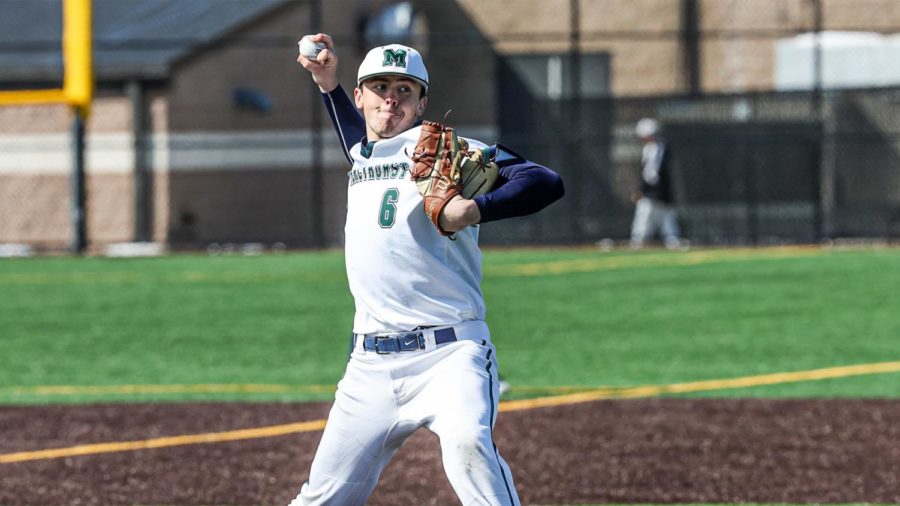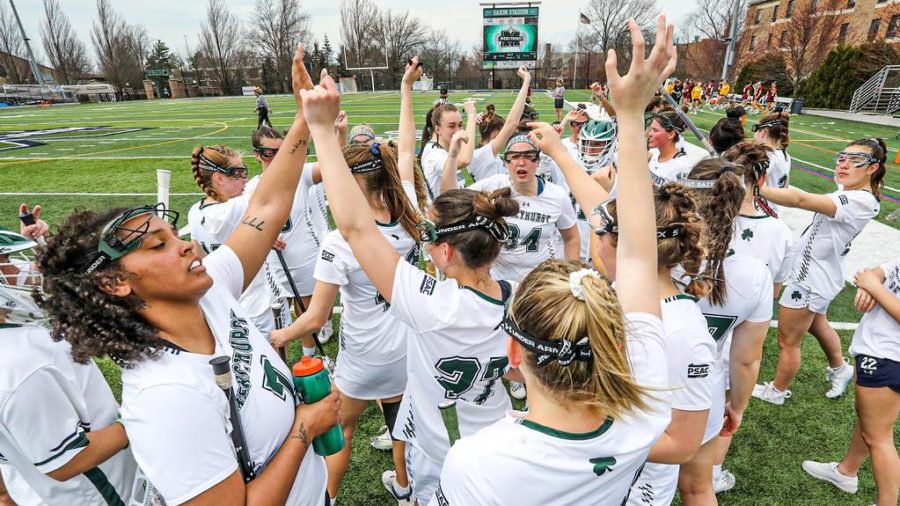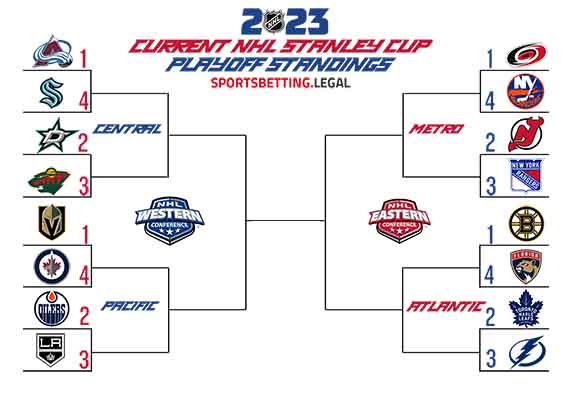Momentum swings are common and critical in almost every sport.
Hockey is no exception and, to some degree, affected more by momentum than other sports. A ‘ginormous’ hit, timely goal, or well-placed punch into an opponent’s orbital can all change the complexion of a game instantly.
A recent example of this is the tangible effect on team play in NHL ’10. It seems elementary to use a video game as a representation of a real-world concept, but in the instance of a fight, momentum becomes huge and corresponds to the real game extremely well.
The team that wins the fight receives an energy boost manifested in the players’ stats increasing for the next few shifts. The losing team naturally experiences the opposite. With this completely insignificant amount of background knowledge, I propose the dilemma of momentum in college hockey and solutions for it.
Both the NCAA and ACHA, the leagues that the Division I teams and club teams play in, respectively, forbid fighting. Instead of five minutes to think in the penalty box, fighting carries a game misconduct and supplemental suspension depending on the incident number and severity.
Used in the NHL as a valuable momentum gainer, fighting here is almost always a retaliation wrought from anger on both sides of the puck.
However, not all is lost for the men, as good clean (and occasionally not so clean) hits can still swing momentum in place of tallies on the board.
For women’s hockey, though, the momentum luxuries in the opposite gender’s game are not there.
Rules disallow fighting, but to make matters worse, rules forbid checking, warranting a minor penalty. Without the benefit of the fight and, in the women’s case, checking, how can college teams gain momentum in ways other than scoring?
1. Cycling the Puck – Possessing the biscuit in the offensive zone for a long period of time can wear down the opposition and produce large amounts of momentum. Establishing a strong forecheck allows all four lines to roll and tilt the ice, and cycling the puck is one of the best ways to do that possible. The French Connection once cycled the puck for 16 minutes in the first period of game, and the Sabres went on to win 14-4.
2. Great Penalty Kill – Being able to neuter a potent powerplay dually makes the fans happy and keeps the score where it is. A 5-on-3 kill can especially get the crowd’s attention, and multiple blocked shots will draw a reaction close to a goal. This option is one of the few ways for defensive defensemen to get involved.
3. Big Save – I have no better recent example to give than Game 7 of the Eastern Conference Semifinals last year when Pens goalie Marc-Andre Fleury robbed Capitals sniper Alex Ovechkin on a clear-cut breakaway. Aside from changing a game, the giant save can change lives and alter the course of human history. For example, in November 1963, Jacques Plante made a save so legendary, it is rumored the JFK assassination was a direct consequence.
4. Get the Penalty Anyway – I’ve seen one of the players on the women’s team absolutely wreck a girl many-a-time, and that makes the bloodthirsty crowd at the Mercyhurst Ice Center LOUD. I’m not saying take a selfish penalty whenever you feel wronged by an opponent, but at times a body checking penalty can motivate an under-performing team into action. For the men, I would not recommend fighting in any circumstance (much as I’d like to see it as a fan). However, getting into a scuffle after the whistle can have the same effect, and the infraction is normally only a minor for roughing!
With these few examples, I have hopefully shown how college teams can now gain momentum without the hassle of fighting. And because college teams can’t have a fighter, someone that can skate can have the spot!







Devon Swanson • Oct 28, 2009 at 9:55 pm
No hassle in fighting. It’s a necessary and integral part of the game. The NCAA and ACHA should change the rules to incorporate the fight and, in the women’s case, checking.